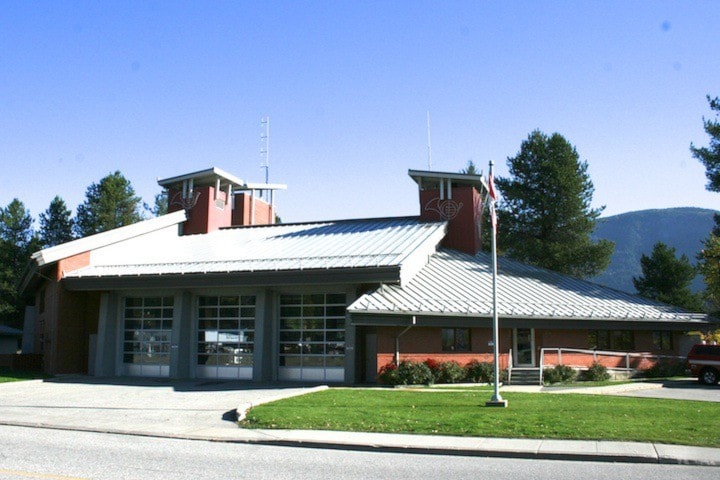During last week's city council meeting, Castlegar's fire chiefs made a presentation to council on the city's emergency management plan. Although the entire contents are not made available to the public due to privacy (it contains personal contact information for those involved in the plan) and security issues, they gave a thorough overview of the plan.
Castlegar's emergency plan is British Columbia Emergency Response Management System compliant. It is a comprehensive management system that ensures coordinated and organized response to emergencies.
As such, it supports the following response goals: provide for the safety and health of all responders, save lives, reduce suffering, protect public health, protect government infrastructure, protect property, protect the environment and reduce economic and social losses.
The plan coordinates the city's response with federal and provincial agencies as well as the Regional District of Central Kootenay and external parties such as School District 20, BC Hydro and CN Rail.
In the case of an incident or threat, the situation is evaluated, and decision is made as to if it is significant enough to enact the emergency management plan. Castlegar's Mayor, Council, CAO, Director of Corporate Services, Director of Financial Services, Director of Development Services, Utilities Manager, Operations Manager, Site Commander, Emergency Program Coordinator, Director of Transportation and Public Works, Public Works Clerk and the EMBC Director are all authorized to enact the plan.
If additional site support is required, the emergency operations centre (EOC), located on the second floor of the firehall, will also be activated. City Hall is a secondary EOC location. There are three levels of activation for the EOC.
Level 1 – Monitoring. There is a potential for an event to escalate, little need for site support and the event is expected to end in a short time.
Level 2 – Limited activation of the EOC. Used for emergencies that are of larger scale or longer duration, may involve limited evacuations or unique resources. If the event can not be managed at the site, it requires notification of the EOC management team.
Level 3 – Full activation of the EOC. Used for situations that are of large magnitude and long duration. Emergency may involve multiple sites, multiple agencies and multi-government responses. If it becomes necessary that a local state of emergency be enacted, elected officials are the only ones permitted by law to do so. It is recommended that the Provincial Emergency Program be consulted and their advice sought prior to any declaration being proclaimed.
Communication with the public will be done through the information officer and public officials, who will work together to ensure that one coordinated message is delivered to those at risk and the media.
